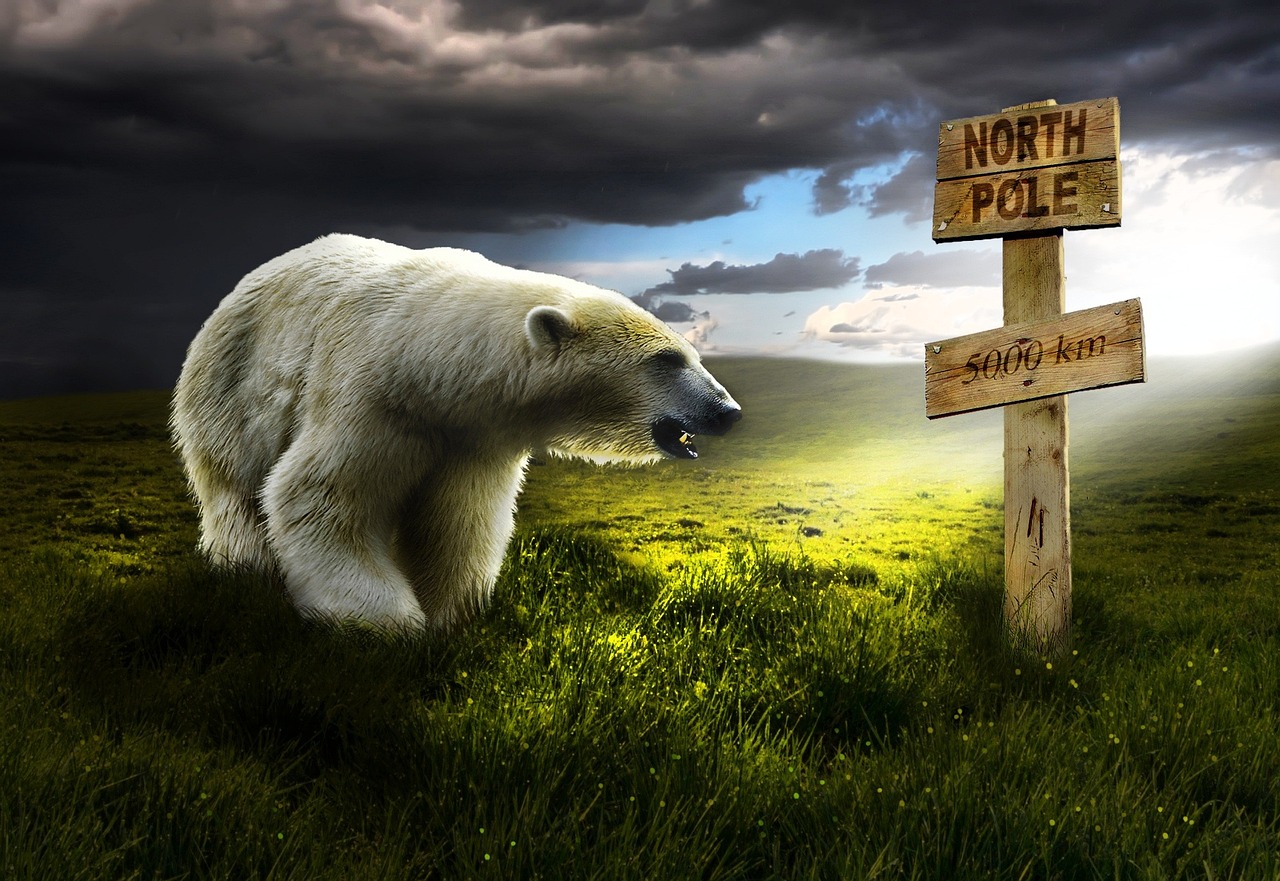1. Magnetic Pole Shift (Geomagnetic Reversal)
What Happens:
- Flipping of the Magnetic Poles: Earth's magnetic field is generated by movements within its liquid outer core (made of molten iron and nickel). Over time, the magnetic poles (North and South) have shifted locations, and occasionally, they completely reverse—North becomes South and vice versa. These reversals are irregular and happen over hundreds of thousands of years. The last full geomagnetic reversal, called the Brunhes-Matuyama reversal, occurred about 780,000 years ago.
- Weakening of the Magnetic Field: Before a full reversal, Earth's magnetic field weakens, which could allow more cosmic and solar radiation to reach the planet's surface. This weakening can lead to the temporary appearance of multiple magnetic poles at various points on the globe.
Effects:
- Impact on Technology: A weakening of Earth's magnetic field during a pole shift could affect satellites, GPS systems, power grids, and communications due to increased solar radiation and space weather interference. Modern technology depends heavily on electromagnetic signals, and these systems could experience disruption.
- Increase in Radiation Exposure: The magnetic field acts as a protective shield against cosmic and solar radiation. If it weakens during a shift, certain areas of Earth might be exposed to higher levels of radiation, potentially affecting human health and electronics.
- No Mass Extinction: Contrary to some popular theories, there is no evidence that magnetic pole shifts directly cause mass extinctions or widespread geological disasters. Life on Earth has survived multiple magnetic reversals in the past.
- Animal Navigation: Some animals, such as birds, sea turtles, and certain marine species, rely on Earth's magnetic field for navigation. A significant disruption to the field could confuse their migratory patterns, although it's believed that they might adapt over time.
2. Geographic Pole Shift (True Polar Wander)
What Happens:
- Shift in Earth’s Axis: True polar wander is when the entire planet's solid surface shifts in relation to the planet’s rotational axis. This means the geographic North and South Poles change location, but it happens very slowly over millions of years. This is different from the magnetic pole shift, as it involves the entire planet’s orientation rather than just the magnetic field.
- Cause: True polar wander is thought to be driven by changes in the distribution of mass on Earth, such as the movement of tectonic plates, mantle convection, or the redistribution of water (glaciers melting and oceans shifting).
Effects:
- Slow Process: True polar wander is extremely slow, occurring over millions of years. It wouldn't be something humans would notice or feel in a lifetime. Unlike a magnetic pole shift, which could happen over a few thousand years, true polar wander is much more gradual.
- Climate Changes: If true polar wander significantly shifts the position of the poles, it could potentially affect climate patterns over millions of years. For example, regions that were once near the equator could gradually shift toward the poles and vice versa, leading to long-term climate changes.
- No Sudden Catastrophes: Since true polar wander occurs very gradually, it doesn’t cause sudden global catastrophes like earthquakes or tsunamis. However, over geologic time scales, it could affect the Earth's topography, ocean circulation, and climate.
What Does Not Happen:
- Instantaneous Disasters: Popular misconceptions about pole shifts, especially magnetic ones, suggest that they could happen overnight and lead to sudden global catastrophes. In reality, both types of pole shifts are gradual processes occurring over long time frames.
- Geographic Pole Reversals in Hours/Days: There is no scientific evidence that Earth's geographic poles could flip in a matter of hours or days. Changes in the geographic poles take millions of years to occur and are driven by slow tectonic processes.
Summary
- Magnetic pole shifts involve the gradual weakening and eventual flipping of Earth's magnetic field. While there could be effects on technology and radiation exposure, these shifts do not directly cause mass extinctions or disasters.
- Geographic pole shifts (true polar wander) are extremely slow movements of the entire Earth’s crust and do not lead to sudden, catastrophic changes. They occur over millions of years and can lead to long-term shifts in Earth's climate and geography.
In both cases, pole shifts are natural processes that have occurred multiple times throughout Earth’s history, and while they could have some impacts on the environment and technology, they are not as catastrophic as some theories suggest.


